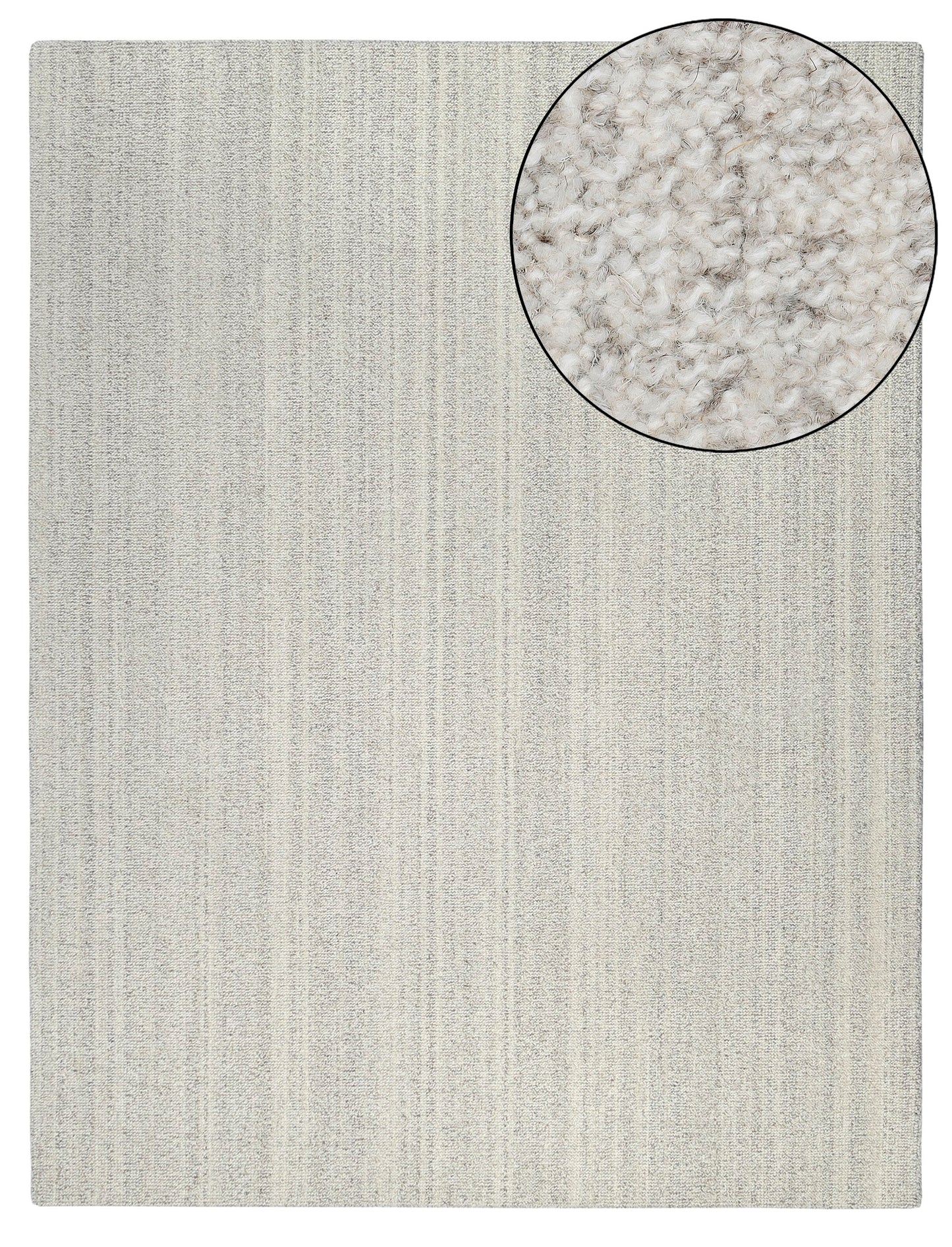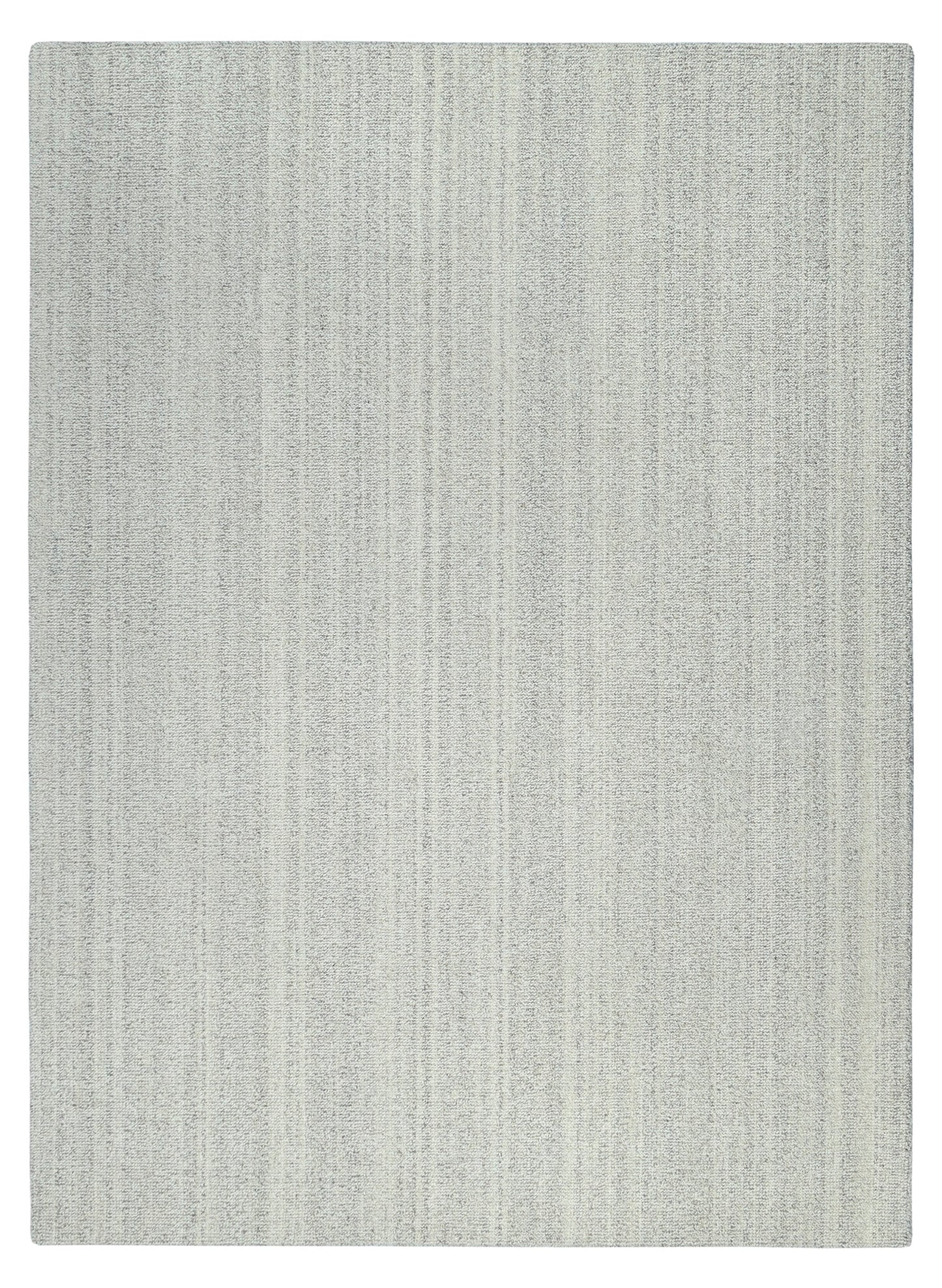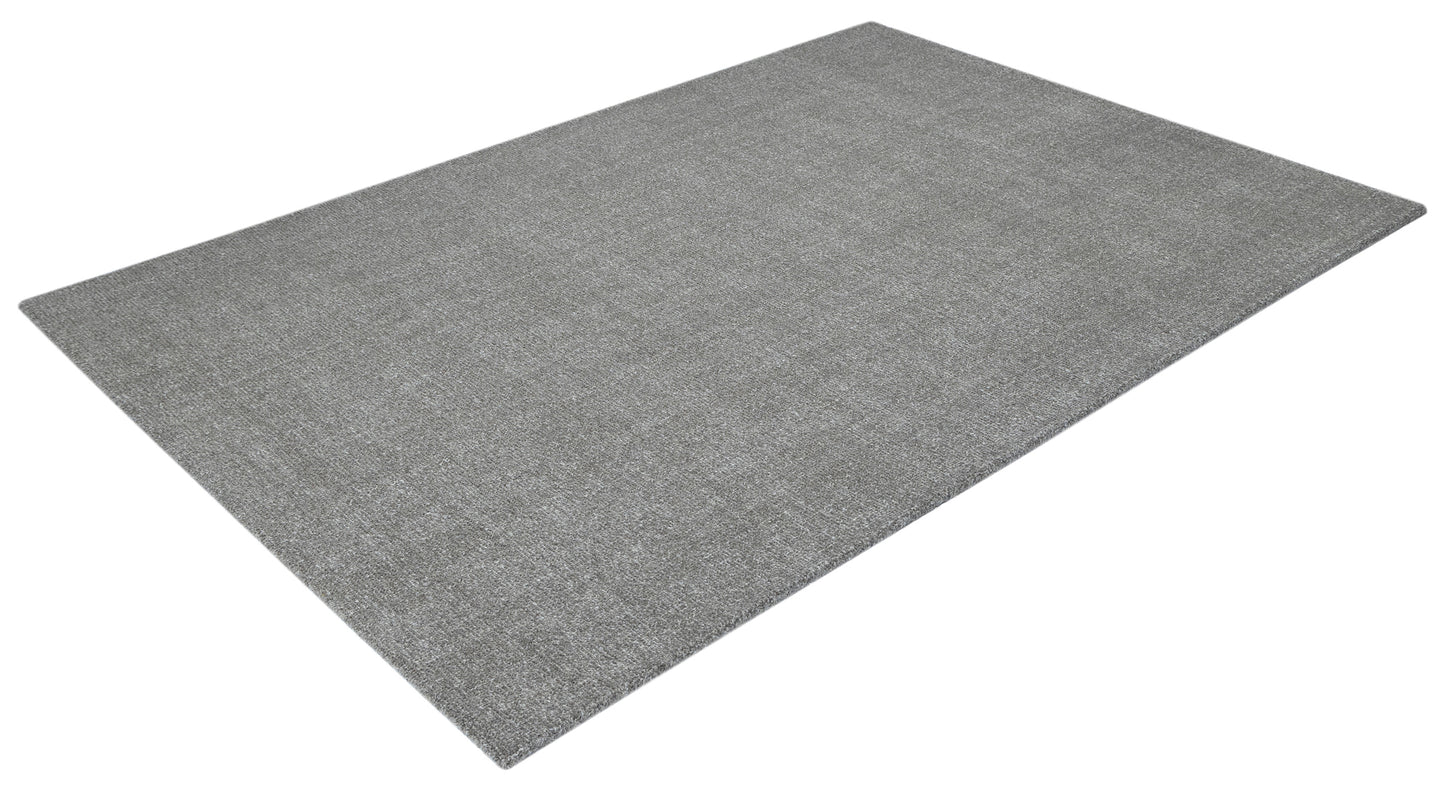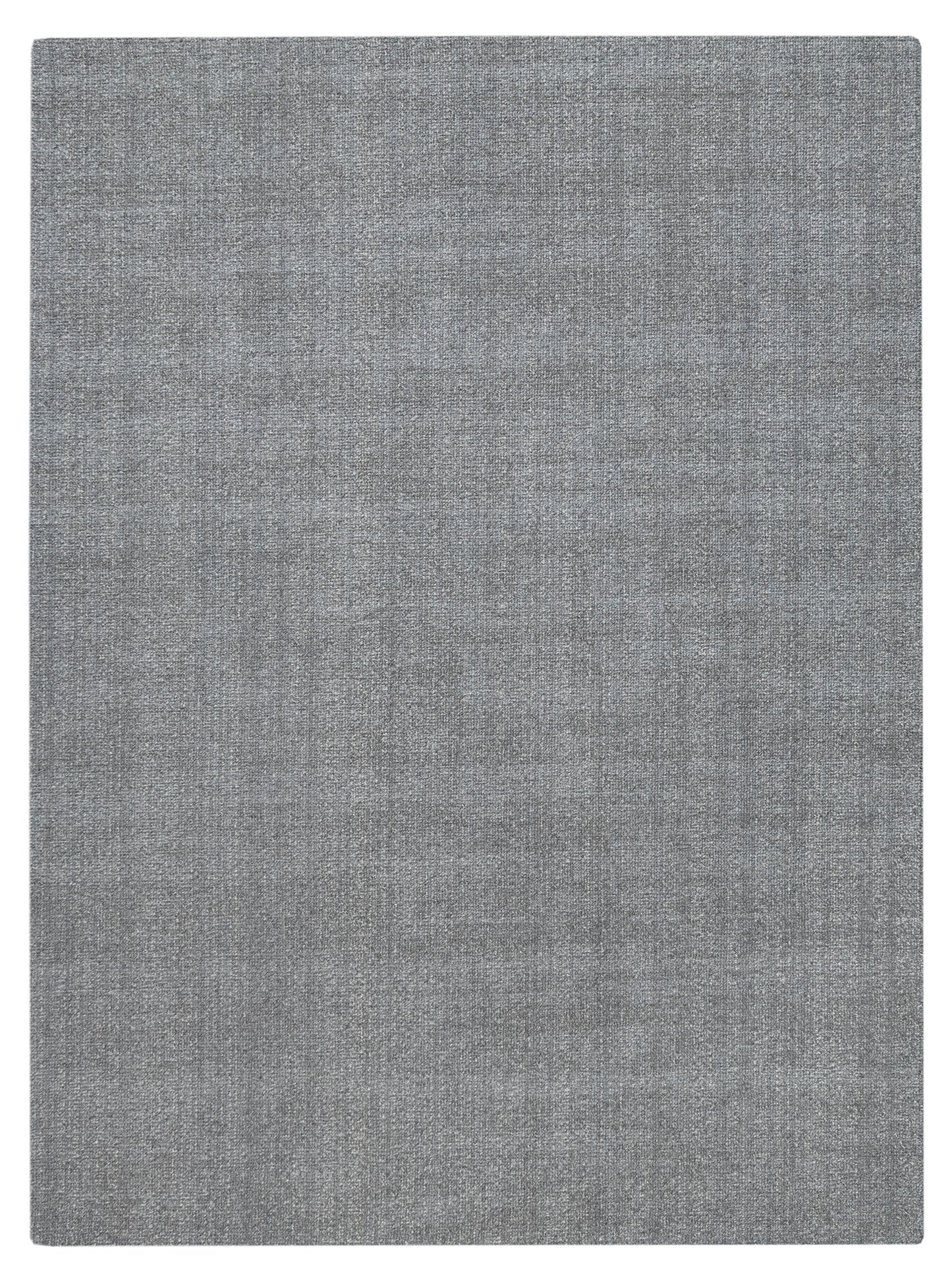














Find Nearest Retailer!
Notified by email when this product becomes available

- Description
- Downloads
RUG INSIGHT
In the context of rug making, "modeling" or "mixing" of two yarns on routers refers to a technique where different yarns are combined to create unique patterns or textures during the weaving process.
Artisans might mix these yarns in a specific pattern or sequence to achieve a desired visual effect. The result is a rug with distinctive texture and depth, where the combination of yarns adds subtle variations and unique character. This technique allows for creativity and individualism, as each handmade rug becomes a one-of-a-kind piece, influenced by the artisan's skill and artistic vision.
So, the process starts with choosing two or more yarns, typically differing in color, texture, or thickness. These yarns can be either natural fibers like wool, cotton, or silk, or synthetic fibers, depending on the desired look and feel of the rug.
The process of modeling or mixing involves feeding two or more yarns simultaneously into the weaving process. This can create various effects depending on how the yarns are combined—whether they are twisted, layered, or alternated in specific sequences. The outcome is a unique texture or pattern that can give a rug a distinctive visual appeal.
As the yarns are woven together, they create a specific pattern or texture on the surface of the rug. The interplay between the yarns can lead to subtle color gradients, striped effects, or a textured surface with depth and dimension.


























